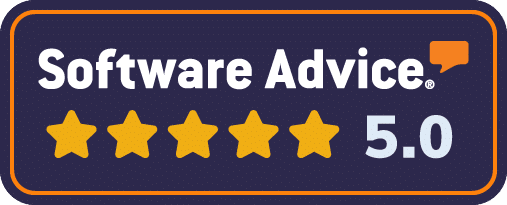360 Feedback Surveys: A Powerful Tool for Identifying Blind Spots and Maximizing Strengths
Utilizing multiple perspectives, organizations have used 360 feedback surveys to identify their employees’ strengths and facilitate their development. Also known as multi-rater feedback, a 360 feedback survey is an effective way to uncover blind spots and encourage growth.
Identifying Blind Spots With 360 Feedback Surveys
One of the biggest benefits of 360 feedback surveys is that they provide a comprehensive view of individual job performance. By pulling from multiple sources, personal bias is more easily avoided and development opportunities are brought into sharper view. Here are some of the features of 360 feedback surveys that help identify an employee’s blind spots.
- Comprehensive feedback: Traditional performance evaluations conducted solely by supervisors can lack perspective. Gathering input from multiple sources—including subordinates, peers and higher-ups—ensures a more accurate job performance assessment across multiple settings.
- Self-awareness: Let’s face it: a person can’t improve if they don’t know what needs improving. So what better way to identify possible blind spots than to invite the employee to reflect on their own job performance and compare that with other perspectives? Such an exercise can serve as a vital step in an employee’s career development.
- Anonymity: 360-degree surveys typically guarantee anonymity, which encourages candid feedback. Candid feedback often proves crucial in revealing shortcomings that colleagues might otherwise be hesitant to address especially when evaluating a boss or supervisor.
- Work-related trends and patterns: Analyzing feedback from a variety of sources can reveal trends. In the same way that multiple witnesses making the same observation can effectively decide a case, multiple survey respondents all making the same observation about some aspect of a coworker’s performance can clearly pinpoint a specific area in need of improvement.
- Skill gaps: 360 feedback surveys can help identify specific skill gaps or areas where an employee might require additional training. This ensures that efforts to address and correct blind spots are well-targeted.
Maximizing Strengths With 360 Feedback Surveys
While addressing an employee’s blind spots is essential, it’s every bit as important to identify and maximize an employee’s strengths. Here are a few ways in which a 360 feedback survey can help with maximizing strengths.
- Tailored development plans: Thanks to multisource feedback, employees and supervisors can work together to create a personalized career development plan that capitalizes on already-existing strengths. For instance, if a survey reveals that an employee exhibits strong leadership abilities, then a career development plan can focus on offering more leadership opportunities.
- Skills enhancement: Sure, strengths can be maximized, but they can also be made even stronger. Future training programs can be designed to build upon existing strengths, making employees that much more valuable to the organization.
- Team collaboration: Knowing each team member’s strengths allows for better collaboration within an organization. In fact, teams can be structured in a way that leverages each member’s expertise.
- Motivation and job satisfaction: When an employee feels that their strengths are appreciated, they are more likely to work hard and tend to be more satisfied with their company. This contributes to higher employee engagement and better job performance.
360 feedback surveys are a powerful tool for identifying blind spots and maximizing strengths within an organization, thanks to their well-rounded and objective perspective when it comes to job performance. When done well, 360 feedback surveys foster a workplace climate of continuous improvement and harmony.


